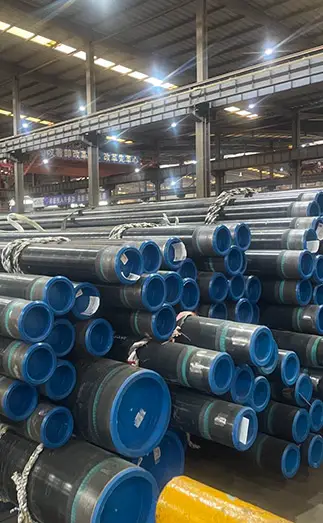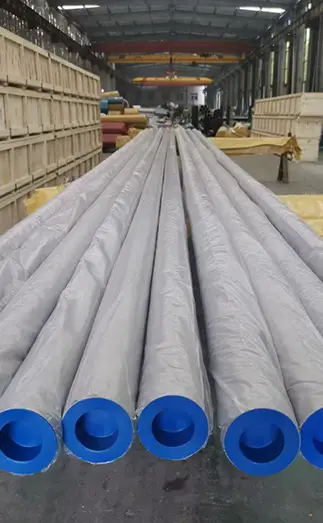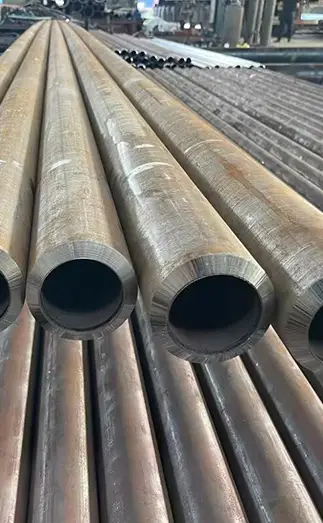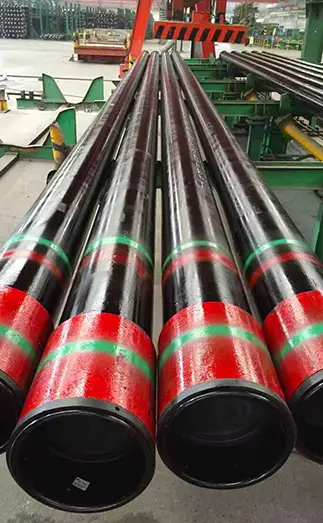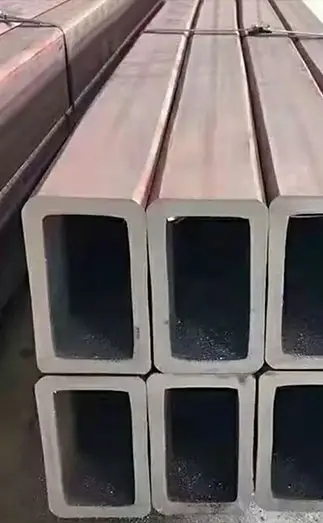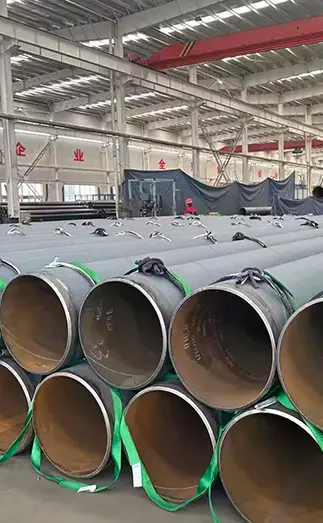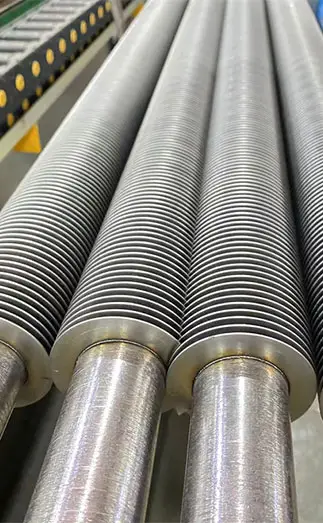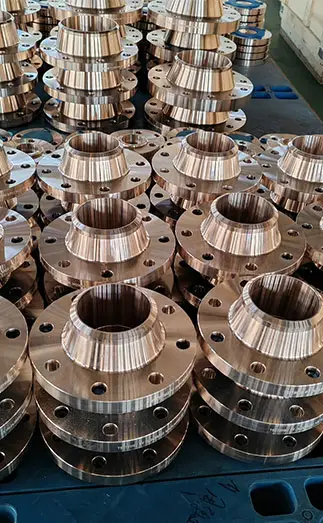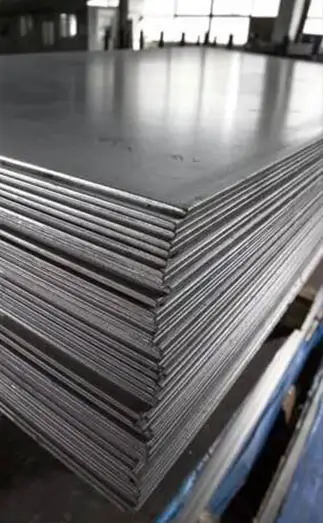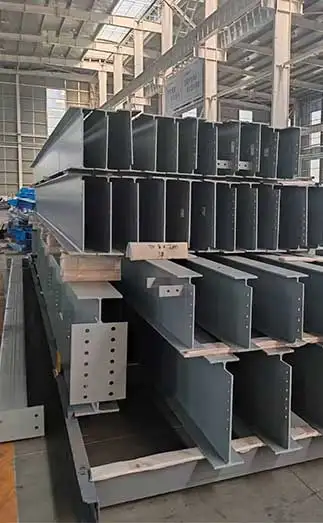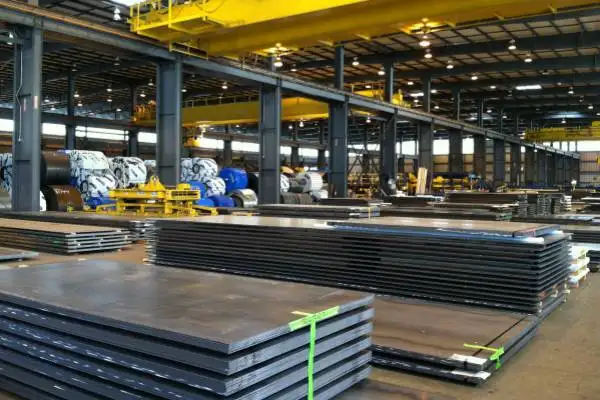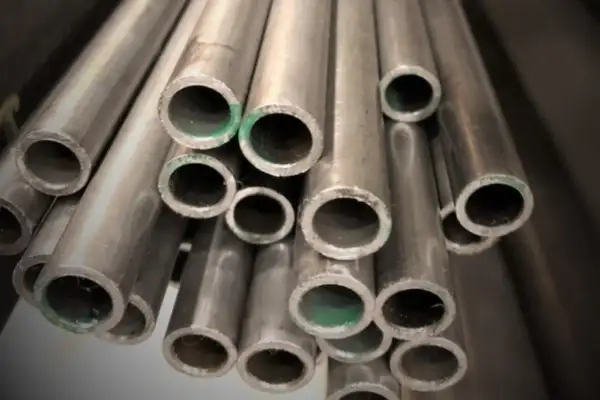The ASTM A53 specification defines requirements for welded and seamless steel pipes made from black carbon steel. These pipes are available in hot-dipped galvanized or black finishes and can be either welded or seamless. The standard covers a range of pipe diameters, from NPS 1/8 (10.3 mm) to NPS 26 (660 mm), with nominal wall thicknesses suitable for various applications.
The ASTM A106 specification, on the other hand, is specifically for seamless carbon steel pipes that are designed to be used in high-temperature services.
Types and Grades in ASTM A53:
ASTM A53 steel pipes come in three main types: Type F, Type E, and Type S, each with different fabrication methods and grade options:
Type F: Furnace-butt welded steel pipe, typically in Grade A.
Type E: Electric resistance welded (ERW) steel pipe, available in Grade A and Grade B.
Type S: Seamless steel pipe, available in Grade A and Grade B.
If the raw steel material for different grades undergoes a continuous casting process, the transition material between grades will be identified. The manufacturer must then eliminate any transition material, ensuring a clear distinction between grades during production.
For ASTM A53 Grade B ERW pipes, the weld seam must be heat-treated at a minimum of 540°C (1000°F) to avoid the formation of untempered martensite. Additionally, if an ASTM A53 Grade B pipe undergoes cold expansion, the expansion should not exceed 1.5% of the required outside diameter.
It is important to note that Type F is not suitable for beading, and for beading or cold bending, it is recommended to use Type S or Type E (preferably ASTM A106 Grade A). While cold bending and curling are not prohibited with ASTM A106 Grade B, it is advisable to follow the manufacturer's specifications for proper installation.
Chemical and Mechanical Properties of ASTM A53 Grade B:
The chemical composition of ASTM A53 Grade B steel pipe includes the following limits:
Carbon (C)≤0.30%
Manganese (Mn)≤1.20%
Phosphorus (P)≤0.05%
Sulfur (S)≤0.045%
Chromium (Cr)≤0.40%
Copper (Cu)≤0.40%
Nickel (Ni)≤0.40%
Molybdenum (Mo)≤0.40%
Vanadium (V)≤0.08%
The mechanical properties of ASTM A53 Grade B are similar to those of ASTM A106 Grade B, with:
Tensile Strength: Maximum 415 MPa
Yield Strength: Maximum 240 MPa
Elongation can be calculated in two ways:
Method A:
Method B: Consult the elongation values in Table X4.1 or Table X4.2 of ASTM A53, which provides specific elongation values based on the test specimen area.
In summary, ASTM A53 and ASTM A106 steel pipes serve different applications. ASTM A53 covers a broad range of general-purpose pipes, including welded and seamless types, suitable for lower-temperature and pressure services. ASTM A106, however, is designed for higher-temperature services, especially where seamless pipes are needed. When selecting between the two, consider factors such as pressure, temperature, and specific mechanical properties to ensure proper material selection for your project.



 English
English Español
Español Français
Français بالعربية
بالعربية
